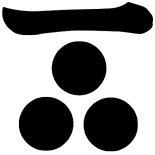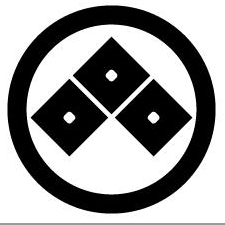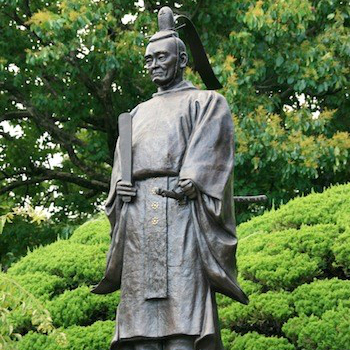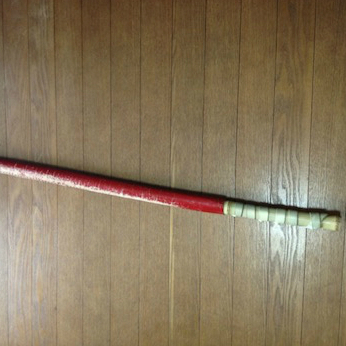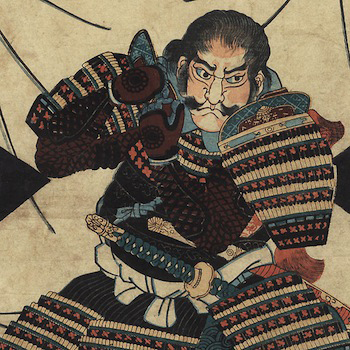信長との共闘で飛躍のチャンスを掴んだ苦労人・九鬼嘉隆
第二十七回 SAMURAIファイル 九鬼嘉隆
〈以下、英訳〉
Kuki Yoshitaka, the Sea Samurai.
The Nobility of Failure is a truly Japanese concept.
Kuki Yoshitaka was born in 1542, the son of the lord of Toba, overlooking the calm waters of Shima Province (now Mie Prefecture). Forced to flee his lands and home at a young age, he escaped his father’s enemies and worked his way back to power. His road back to success was a chance meeting with Oda Nobunaga, and joining his forces for the Battle of Okehazama. Yoshitaka befriended the general Takigawa Kazumasa and became a vassal of the Takigawa, under the Oda banner. In 1574, Yoshitaka distinguished himself while serving as commander of Nobunaga’s fleet, supporting the Oda’s attacks on the warrior monks of the Ikko Ikki at the fortress of Nagashima. Two years later Yoshitaka suffered humiliating defeat at the hands of the Mori clan’s naval forces in the 1576 Battle of Kizugawaguchi as part of Nobunaga’s siege of the Ishiyama Hoganji in Osaka. Nobunaga was furious at Yoshitaka for this loss, and ordered Yoshitaka to build “ships that would not burn!” Another two years later, with the Ishiyama Honganji still under siege, Yoshitaka redeemed himself in the eyes of Nobunaga when his fleet of six large metal-covered O-adakabune floating fortresses saw victory in the Second Battle of Kizugawaguchi. These warships are believed to have been the first ever ironclads, able to withstand the flaming arrows and musket balls fired by the Mori flotilla. Yoshitaka took his revenge on the Mori fleet, and was made daimyo by Nobunaga for his services.
On the death of Nobunaga, Yoshitaka became a vassal of Nobunaga’s son, Nobukatsu, and later, that of Toyotomi Hideyoshi. Kuki Yoshitaka was named the commander of the Toyotomi fleet, seeing further action in the Kyushu Campaign, and in 1590, his ships would play a major role in creating a blockade as part of the Siege of Odawara. He later commanded the flagship, the Nipponmaru during Hideyoshi’s Invasion of Korea in 1592.
Yoshitaka played a major role in some of the most important naval maneuvers of the period, and in the most important land battles too. At the Battle of Sekigahara, Kuki Yoshitaka faced yet another major defeat. He had taken a position amongst the losing Loyalist army under Ishida Mitsunari, while his son Moritaka joined the Eastern forces under Tokugawa Ieyasu.
Following the battle on October 21, 1600, Moritaka petitioned Ieyasu to spare his father’s life. Ieyasu granted the younger Kuki’s request, and a messenger was sent immediately to inform Yoshitaka of his pardon. The messenger didn’t make it on time. Yoshitaka had committed seppuku only hours before the messenger arrived on November 17, 1600. He was 59 years old.
Life is a series of ups and downs. Kuki Yoshitaka, born to an affluent family, lost everything, but clawed his way back through chance, challenge and skill, only to lose it all again, and having to start from scratch time and again. Perseverance is something we should learn from this brave warrior. If only he had persevered with life a little longer….
- 1
- 2


